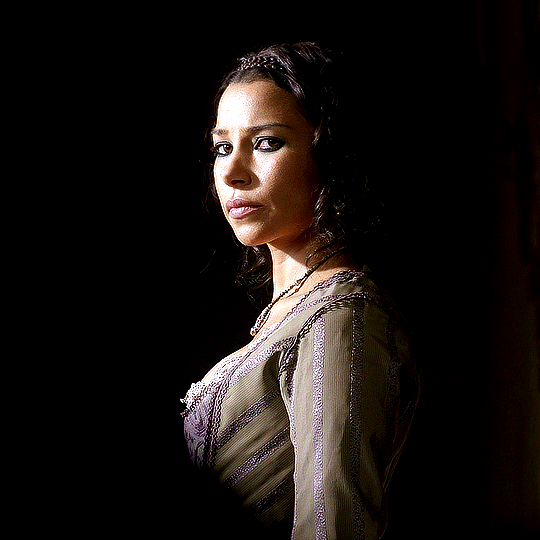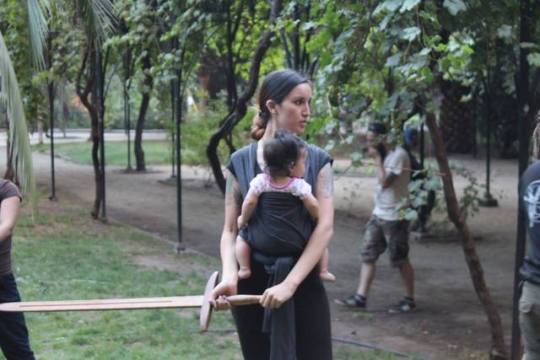Photo










The Sopranos 1.07 | Down Neck | Lorraine Senna Ferrara
32 notes
·
View notes
Photo









I am tired of this. This thing that perpetuates itself with anger and bluster and blood. I do not want to be your friend. What I want is for all of this to end. (…) I am tempted to put the sword to you and your man both, and bury this story for good, but what am I if I spend my days pleading for a return to civility and then do dark things under the cover of night?
JESSICA PARKER KENNEDY as MAX BLACK SAILS SEASON 4
2K notes
·
View notes
Text

62K notes
·
View notes
Photo

Mother and child training longsword in Chile, at the Centro Esgrima Histórica
33K notes
·
View notes
Text


loop through, 2005 / garry hill
211 notes
·
View notes
Text
youtube
0 notes
Text

Good job everybody. The solution to this ofc is (re)watching "Orphan Black" with "Severance" in mind. If you could split Hellyna in two you'd get Sarah/Rachel.
i don’t watch severance but it sounds like the helly r and helena chicks just need to scissor some shit out
1K notes
·
View notes
Text

the patron saint of macrodata refinement
3K notes
·
View notes
Text


KIER'S CHOSEN SHIP - FINAL ROUND
#again how DARE. went with hellyna selfcest bc that's (largely) what made me fall in love with season 1/the show#that being said the potential of hellygemma (that is britt lower approved) >>>#i see y'all yuri lovers and salute you either way#severance#polls
99 notes
·
View notes
Text




《UrbEx Tskaltubo》 - Tskaltubo railway station
The railway station was built in 1955, connecting to Moscow. Currently in disrepair state. At the time of my visit, there was a local wedding celebration/photoshoot held at the station. The kids were happy/curious bout me!
13 notes
·
View notes
Text

Tai men and soldiers enjoying homemade rice wine. c.1967
Ph by: Kuhn, Ernest
43 notes
·
View notes
Text

Young Woman in Dressing Room
Y. G. Srimati, Indian, early 1940s
Srimati’s engagement with themes that explored daily rural life in India was shared by a number of other painters of her day, most notably N. S. Bendre, Amrita Sher-Gil, and Yagnesh Shukla. Together they sought to identify subjects that belonged to India—and thus distance themselves from dependency on British art-school models—in the pursuit of an Indian modernism. This work, an early study by Srimati of youthful beauty in the simple interior of a village home, skillfully evokes a rural idyll.
48 notes
·
View notes
Text

Loving Couple (Mithuna)
India (Orissa), 13th century
A Hindu temple was often envisioned as the world's central axis, in the form of a mountain inhabited by a god. The temple itself was therefore worshipped. This was done by circumambulation (walking around the exterior, in this case in a counterclockwise direction) and by viewing its small inner sanctum. The outside of the temple was usually covered with myriad reliefs: some portrayed aspects of the god within or related deities; others represented the mountain's mythological inhabitants. From early times, iconic representations of deities and holy figures were augmented by auspicious images, such as beautiful women, musicians, and loving couples (mithunas). Once part of the subsidiary decoration of a temple facade, the figures of this bejeweled couple embrace while peering rapturously into each other's eyes. Their full bodies and broad, detailed features are characteristic of architectural sculptures produced in thirteenth-century Orissa, a region in northeast India that was noted for its temples, particularly those built from the tenth through the thirteenth century, often distinguished by figures in astonishingly acrobatic and erotic poses. Couples such as this pair are understood to have multiple meanings, ranging from an obvious celebration of life's pleasures to the more metaphorical symbolism of a human soul's longing for union with the divine.
23 notes
·
View notes




